Installation

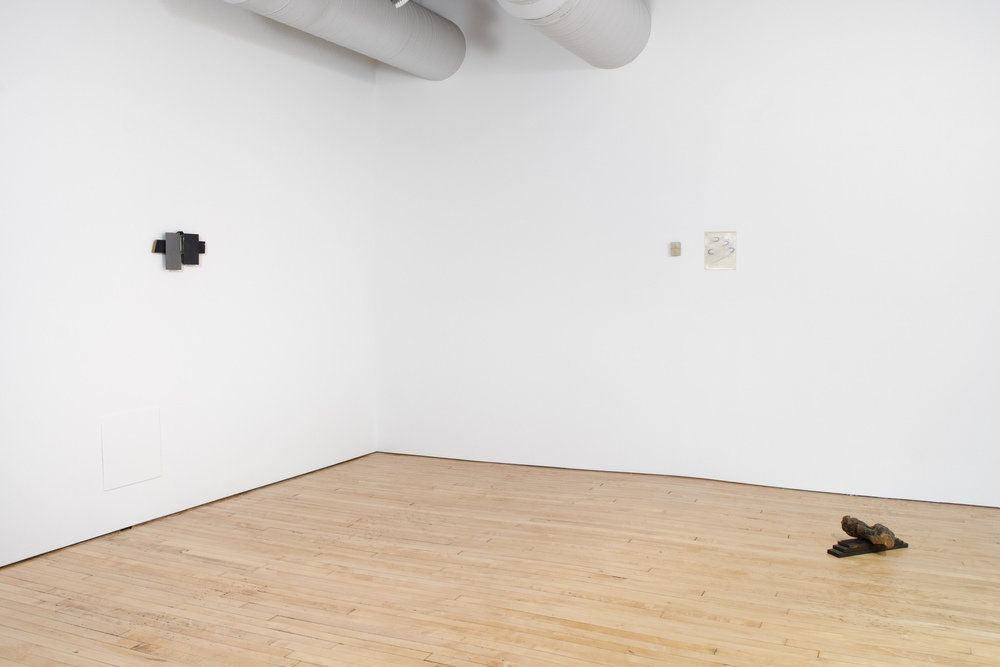
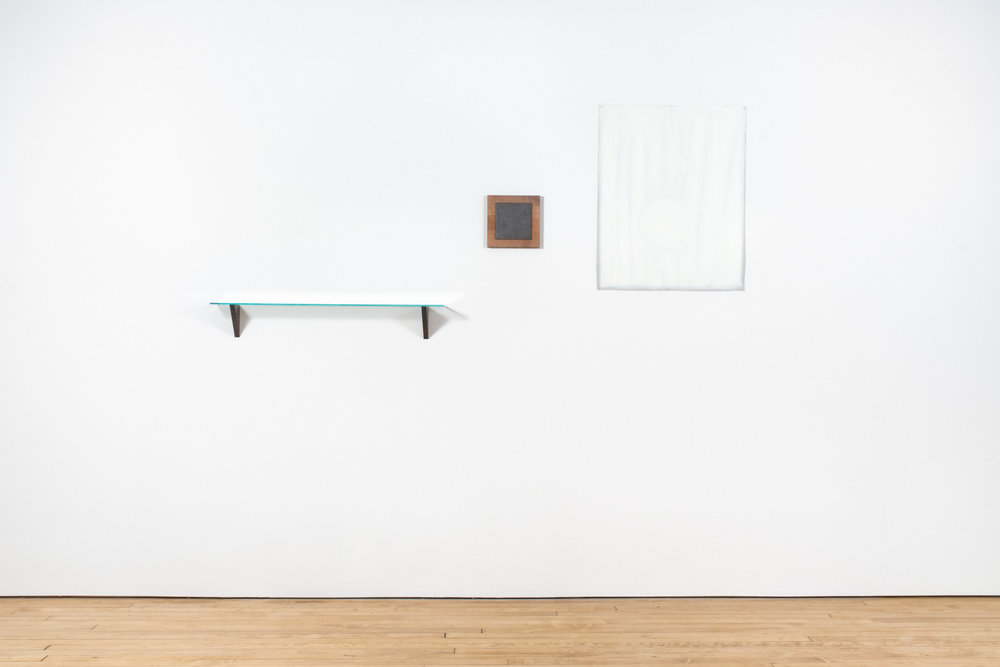
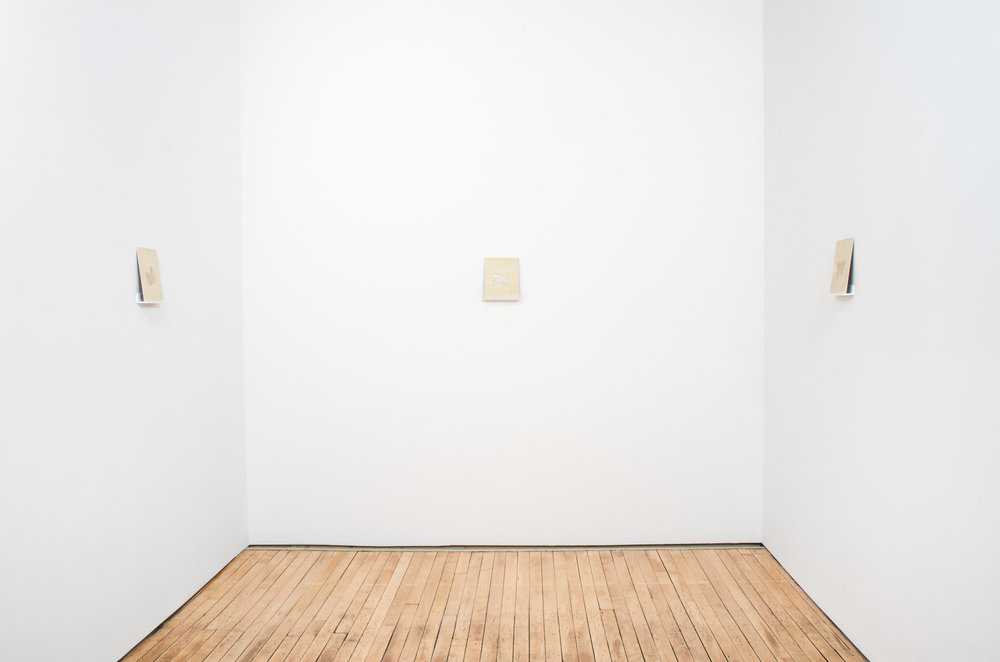
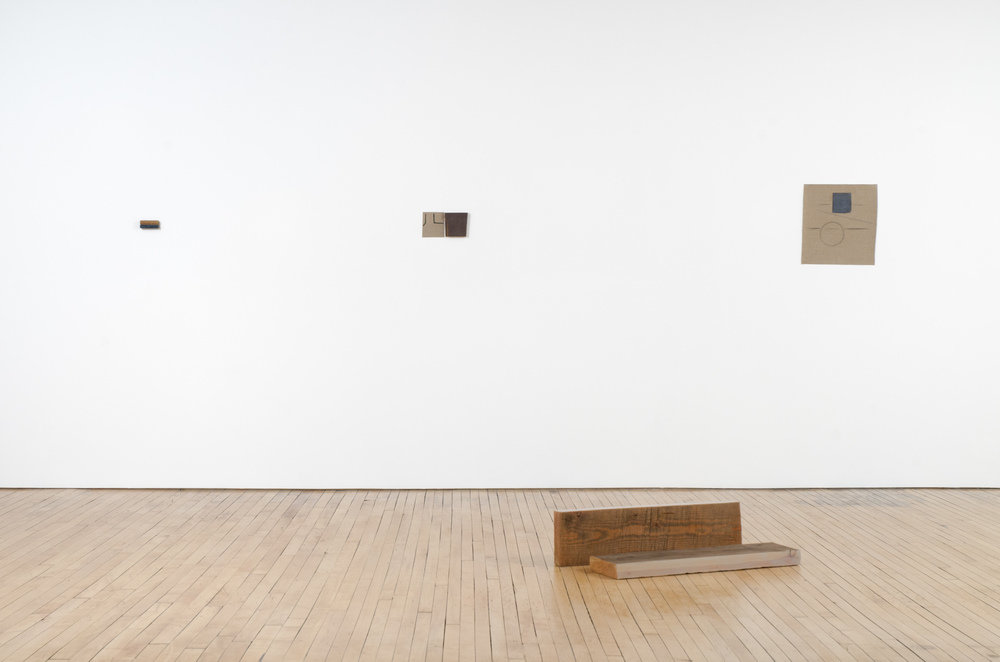
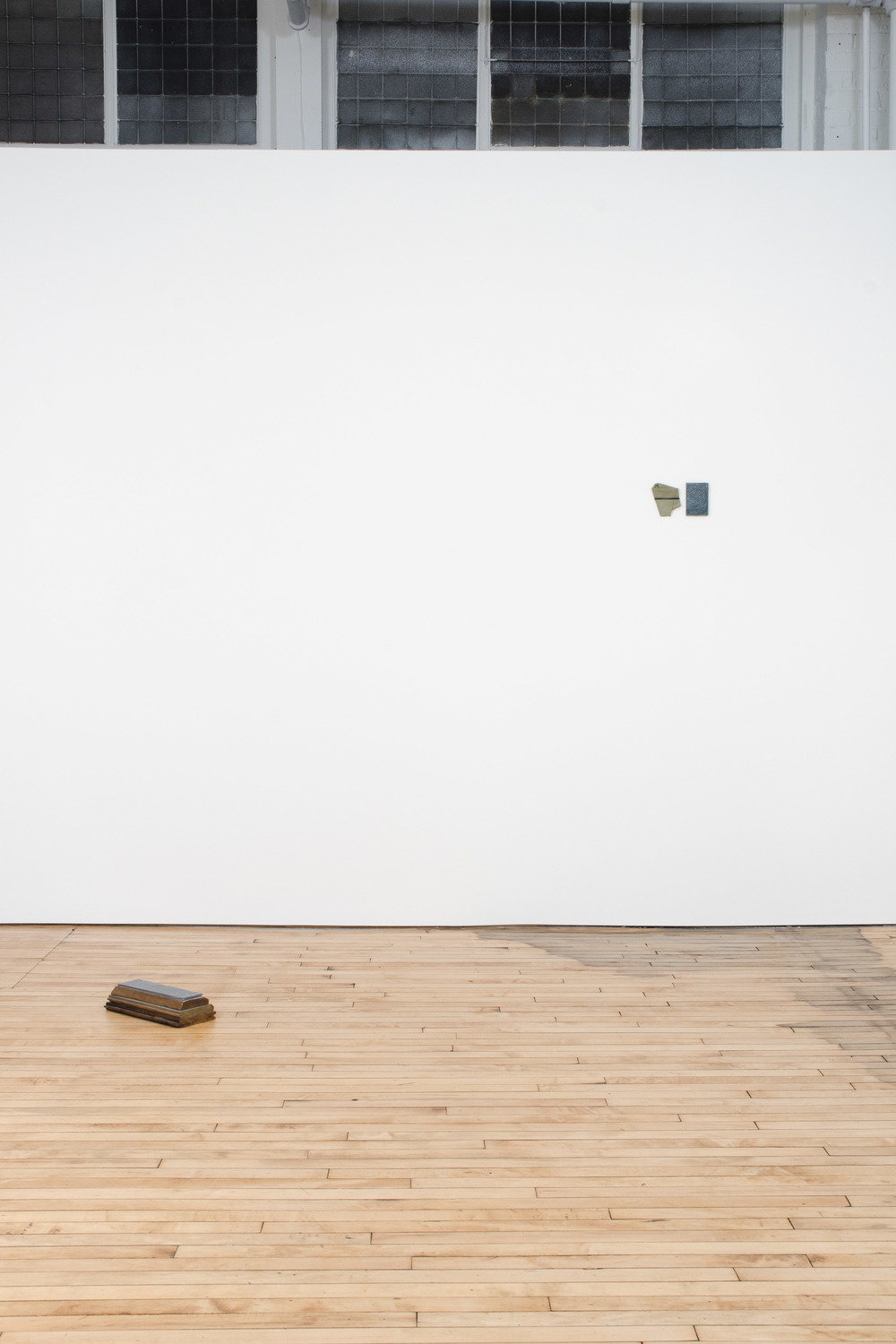
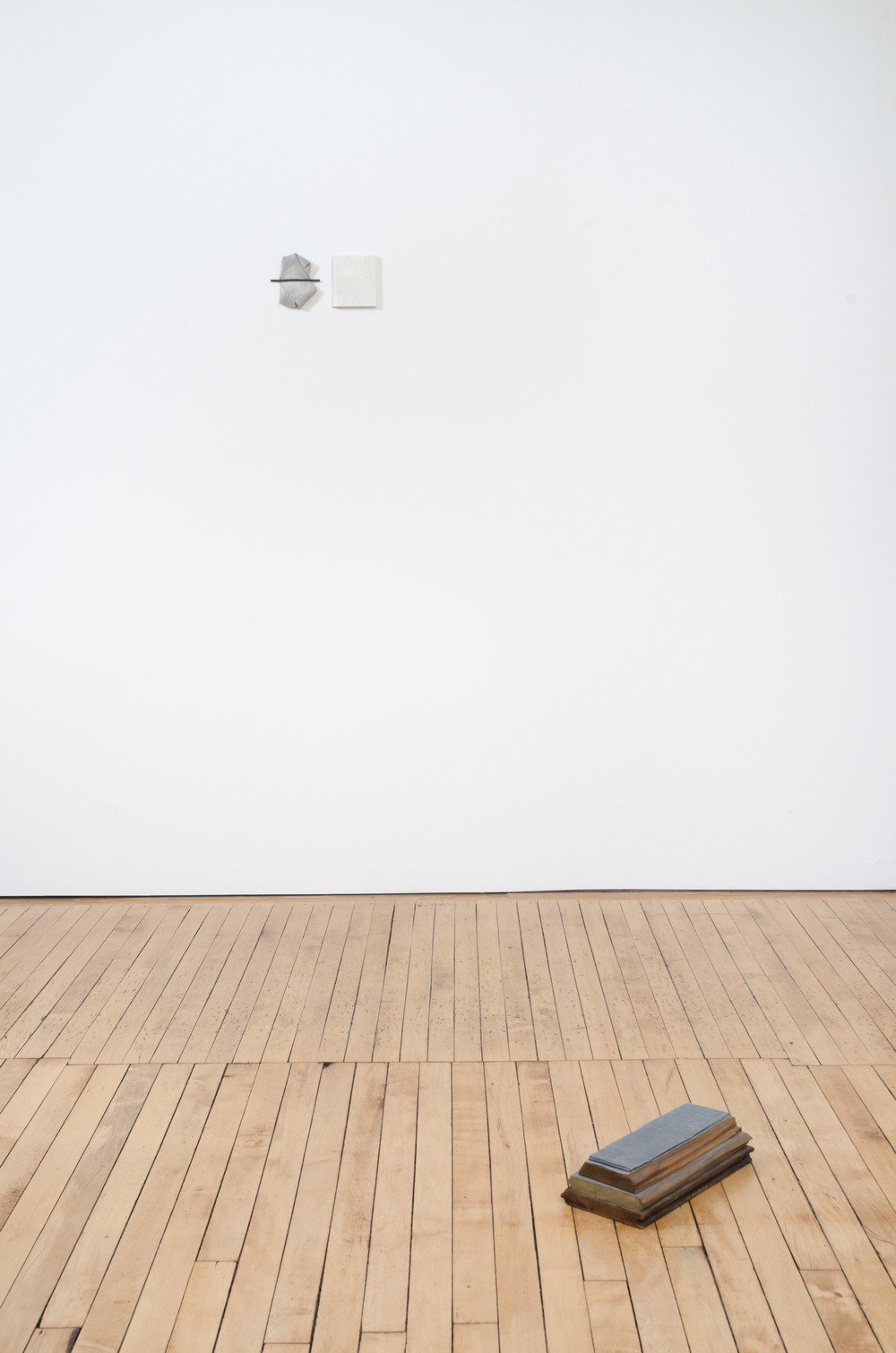
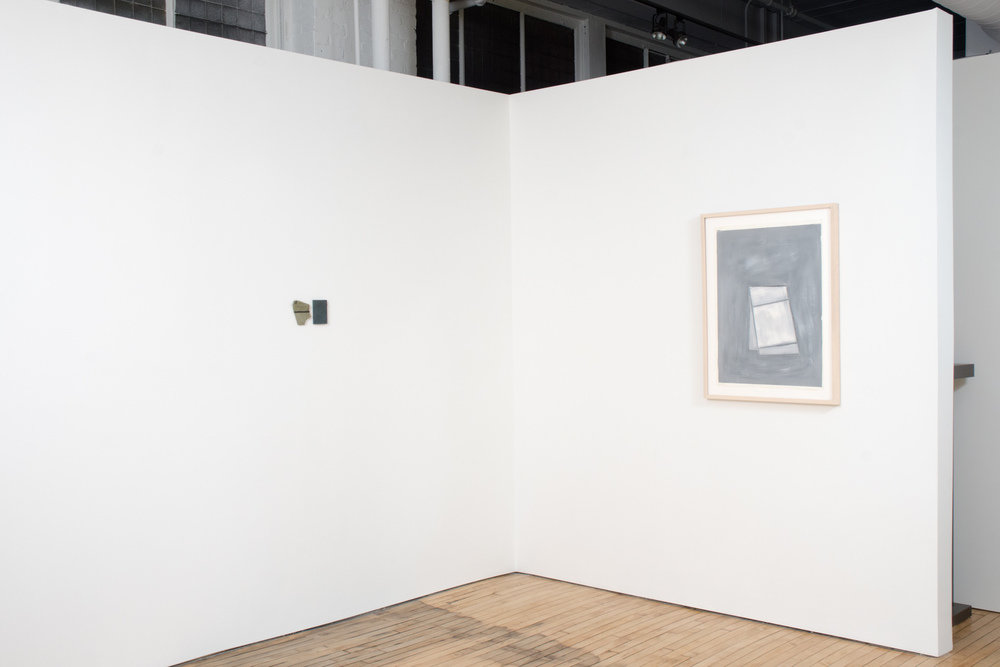
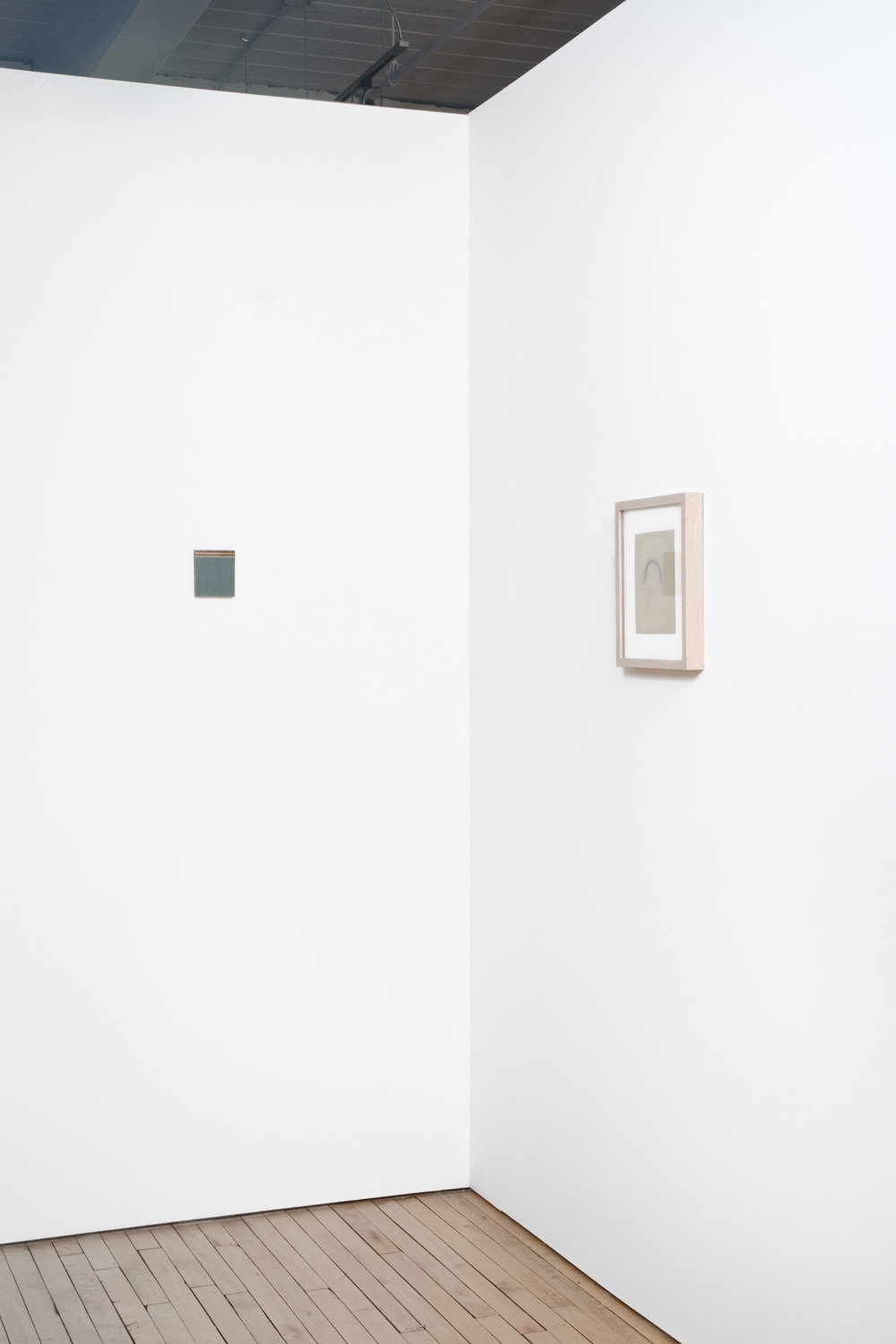
Jan 16 — Mar 21, 2015
Featuring work by: Bill Walton
Bill Walton (1931-2010) created highly refined sculptures that defy categorization. Elegantly simple, most of his objects are tooled from scraps of lumber, metal, glass and linen that are meticulously—and sometimes deceptively—altered by cutting, planing, leafing, and painting. Fastened by nails and screws (some of which are painstakingly made by hand), or joined by stacking, draping, or folding, Walton synthesized disparate elements into koan-like statements. His particular sensitivity to the tactile qualities of metallic surfaces reflect his background in printmaking. While usually viewed as a sculptor, Walton's two-dimensional efforts are equally compelling. Walton's paintings and drawings range from monochromes on unstretched canvas, to Constructivist-like geometries on raw linen, to drawn and painted studies of folded paper elements. Sometimes the drawings and paintings are autonomous and at other times they’re installed in dialogue with objects, as components of larger installations.
Bringing together the austerity of Minimalism with a respect for handmade precision, his works may trick viewers into believing that what lies before them are found objects, rather than the exquisitely crafted sculptures that they are. Walton's titles often reference places that he was fond of, such as the remote locations throughout the United States he visited on fly fishing trips. Walton was always highly attuned to the specificity of installing his art and Fleisher/Ollman continues to honor the artist's refined display sensibility, both between individual pieces and in relation to the space in which the works are presented.
Walton did not believe in dating his work, not out of a desire to obscure chronology, but because he knew he might go back to certain "completed" works with a different approach over the span of several years. His tinkering allowed him a continuum and flux that suited his core beliefs about his art: that works constructed from vintage parts (a dead tree limb, a salvaged floor board, or piece of steel) could be readjusted in tandem with a view of the constantly shifting world around us.
Walton briefly studied art at the Institute of Design in Chicago, but was essentially self-taught. His career was centered in Philadelphia, where he worked as a commercial printer and taught printmaking at Moore College of Art and Design. His work has been exhibited at institutions such as the Fabric Workshop and Museum, Philadelphia; the Philadelphia Museum of Art; the Pennsylvania Academy of the Fine Arts, Philadelphia; the Institute of Contemporary Art, University of Pennsylvania; and is included in the collections of the Philadelphia Museum of Art, Yale University Gallery, and Wellesley College. The Pennsylvania Academy of the Fine Arts is organizing a major Walton retrospective, curated by Matthew Higgs, set to open in the 2016-2017 season.








